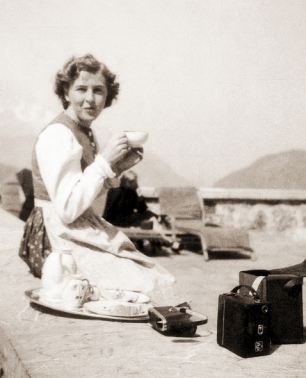Nick JD
Blah Blah Blah
- Joined
- 4/11/08
- Messages
- 7,322
- Reaction score
- 456
Nick I have four posts before this, please show me where I referred to or even hinted that DMS was the problem or in any way involved in the discussion.
As for mashing with any floor malted grain-
Floor malted grain is always going to be a bit more random then “modern” malt, simply looking at the brewing practices that evolved to accommodate the older styles of malt will give any brewer all the information they need. You would have to seriously consider a Glucan rest so mash in, in the low 40oC’s, spend a bit of time in the low 50oC’s for Protease then mash as per usual for a pilsner. Personally I would be step mashing but this malt is ideally suited to a triple decoction.
A 90 minute boil would be the minimum, seriously consider boiling for 120 minutes as Urquell do and with reason. Doesn’t have to be a rampaging boil, not much more than a simmer really.
Pitch a very big active starter (up around 4 million cells/ml/point) (that’s right I remember that thread - you don’t believe Budvar know what they are talking about either, do you) brew cooler than you could with a smaller pitch, lager longer than normal with a fair amount of yeast carried over to the conditioning tank.
This is all pretty much standard practice when you are trying to make a really sensational Bohemian Pilsner, there is nothing above that hasn’t been discussed here on AHB and that isn’t available to anyone who wants to take the time to look for it.
Why anyone would choose to brew with perhaps the most expensive base malt available and fail to use it in a way that gets the most from that investment is beyond my comprehension (mind you I feel that way about a lot of your brewing practices).
Mark
See, here's again where you are inciting my abrasive comments. You've assumed that I don't do these things your have outlined. That is very rude, and I will continue to have no respect for you for this very reason.
I do the same thing for both FM and non FM, and one I get corn husks, the other I don't. I'm prepared to discuss this amiably, but you start off insinuating that I'm not doing anything with regard to normal Boh Pils brewing methods.
I've underlined why you are a dick. And I think Manticle's insights and my high-gravity boil post decoction may be largely responsible for the flavour I get, although I still don't understand why floor malting creates the precursors all other things being equal.
If you'd like me to explain again why I don't like your arrogant attitude assuming I don't know how a Boh Pils is made, please continue being an arse.
"mind you I feel that way about a lot of your brewing practices" ... you're really showing your cards now aren't you?





